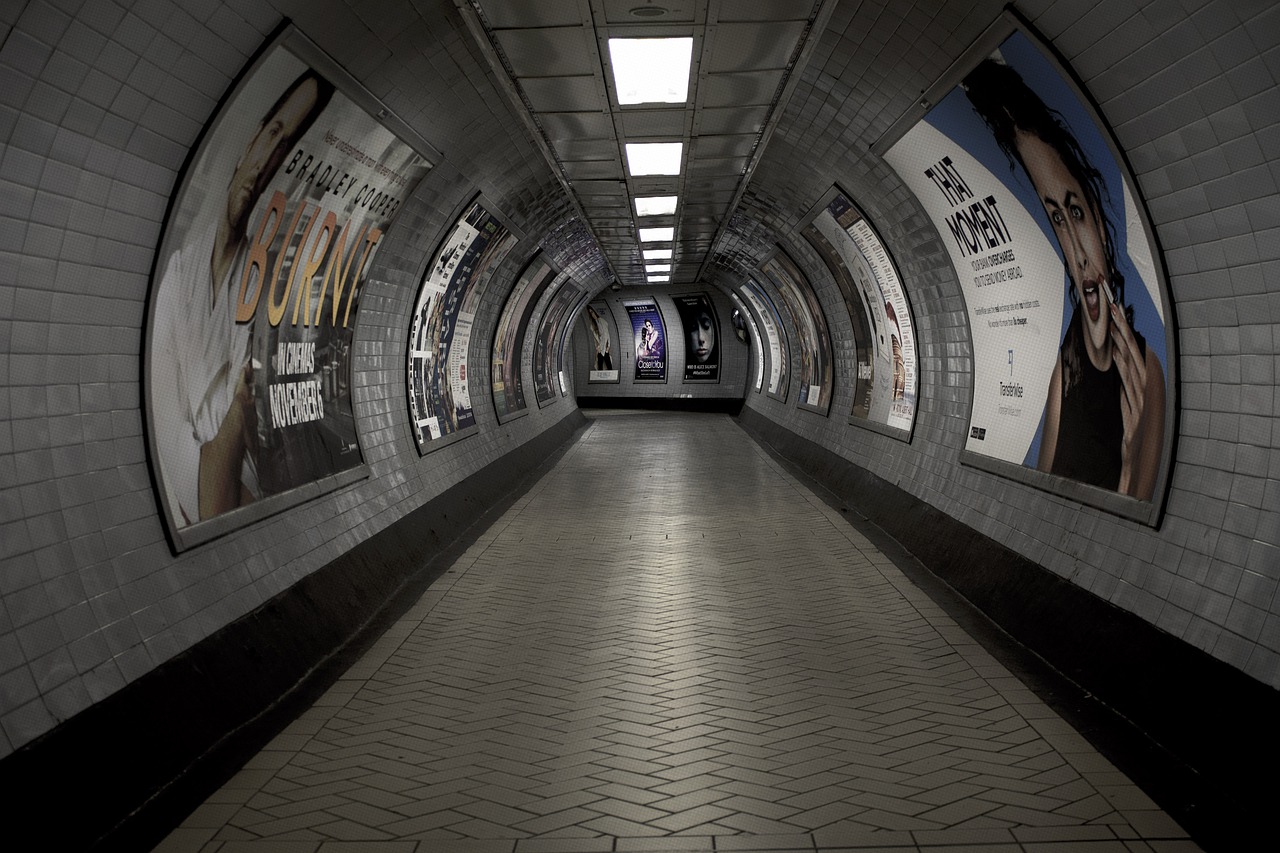Waste heat from the Underground to warm offices and homes

|
| Waste heat from one of London Underground's tube lines will be used to warm homes in the capital from this winter. |
Warm air from from the Northern Line channelled to support the London Borough of Islington's district heating will provide offices and 1,350 homes with heat by the end of 2019.
Dubbed the first of its kind in Europe, the Bunhill 2 project is a joint undertaking between Islington Council, Transport for London (TfL) and engineering firm Ramboll.
The council hopes the system will make London more self-sufficient in energy, cut carbon emissions and reduce heating bills for residents, while tube passengers can expect cooler tunnels.
District heating, also known as heat networks, is the supply of heat and hot water from a central source to a group of buildings.
Bunhill 2's central source is a ventilator shaft in the abandoned City Road tube station, located on the Northern Line between Angel and Old Street.
Ramboll has designed a heat pump that captures the excess heat from the ventilation shaft, before it is warmed to around 70 degrees Celsius. This will then be transferred into Islington's heat network to supply heat and hot water to properties.
Over the summer months, the system is designed to be reversed so that cool air can be piped into the tube tunnels.
The hunt for alternative sources of renewable heat in cities has gained pace in light of the climate crisis, and the UK government's resultant ban on gas-fired boilers in new-build homes from 2025.
According to the Greater London Authority, there is enough heat wasted in London to meet 38% of the city's heating demand. The expansion of district heating networks like Bunhill 2 could see this increase to 63% by 2050.
Lucy Padfield, director of district heating at Ramboll said: "We believe that the use of large-scale heat in this way connected to urban district heating systems will play a major part in decarbonising the UK's heating energy demand.
"The use of heat pumps utilising industrial waste heat sources is more carbon efficient than gas-fired combined heat and power, the usual source of heat for district energy schemes", she added.
Bunhill 2 district heating system is currently expected in late 2019.
[edit] About this article
This article was written by the Chartered Institute of Architectural Technologists (CIAT). It is based on a CIAT press release entitled 'London Underground's waste heat to warm hundreds of homes' and was published on the CIAT website in August 2019. It can be accessed HERE.
Other articles by CIAT on Designing Buildings Wiki can be found HERE.
[edit] Related articles on Designing Buildings Wiki
- BSRIA guide to heat interface units.
- Combined heat and power.
- Community energy network.
- Energy targets.
- Geothermal energy.
- Heat interface units.
- Heat meter.
- Heat Networks Investment Project HNIP.
- Municipal energy - briefing sheet.
- National heat map.
- On-site generation of heat and power.
- Renewable energy.
- Smart cities.
- Sustainability.
- Waste heat.
- Water source heat map.
- What can government do about district heating.
--CIAT
Featured articles and news
One of the most impressive Victorian architects. Book review.
RTPI leader to become new CIOB Chief Executive Officer
Dr Victoria Hills MRTPI, FICE to take over after Caroline Gumble’s departure.
Social and affordable housing, a long term plan for delivery
The “Delivering a Decade of Renewal for Social and Affordable Housing” strategy sets out future path.
A change to adoptive architecture
Effects of global weather warming on architectural detailing, material choice and human interaction.
The proposed publicly owned and backed subsidiary of Homes England, to facilitate new homes.
How big is the problem and what can we do to mitigate the effects?
Overheating guidance and tools for building designers
A number of cool guides to help with the heat.
The UK's Modern Industrial Strategy: A 10 year plan
Previous consultation criticism, current key elements and general support with some persisting reservations.
Building Safety Regulator reforms
New roles, new staff and a new fast track service pave the way for a single construction regulator.
Architectural Technologist CPDs and Communications
CIAT CPD… and how you can do it!
Cooling centres and cool spaces
Managing extreme heat in cities by directing the public to places for heat stress relief and water sources.
Winter gardens: A brief history and warm variations
Extending the season with glass in different forms and terms.
Restoring Great Yarmouth's Winter Gardens
Transforming one of the least sustainable constructions imaginable.
Construction Skills Mission Board launch sector drive
Newly formed government and industry collaboration set strategy for recruiting an additional 100,000 construction workers a year.
New Architects Code comes into effect in September 2025
ARB Architects Code of Conduct and Practice available with ongoing consultation regarding guidance.
Welsh Skills Body (Medr) launches ambitious plan
The new skills body brings together funding and regulation of tertiary education and research for the devolved nation.
Paul Gandy FCIOB announced as next CIOB President
Former Tilbury Douglas CEO takes helm.























